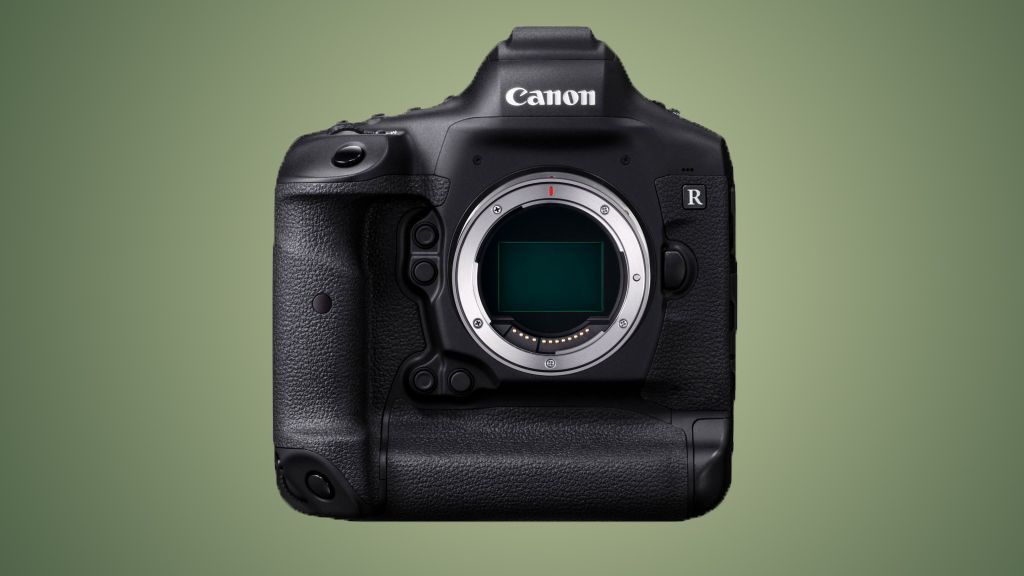JANuser
Active member
I think the writing is on the wall really, as for Nikon being used for high performance shooting. When I go to the local camera store the brand with the most used gear in stock has been constantly Nikon for the past four years. It’s getting to the point that I wonder if the store will stop taking Nikon gear as trade ins, because they cannot move anything other than the high end F-mount stuff, and even that will dry up in time as it ages.
Personally, I love it, tons of mint high end Nikkor’s for less than half of new price. Got a mint 300mm PF for $800 less than brand new. Can’t want for some mint big guns to get traded in, I wouldn’t mind a 600mm F4G for $5k.
Personally, I love it, tons of mint high end Nikkor’s for less than half of new price. Got a mint 300mm PF for $800 less than brand new. Can’t want for some mint big guns to get traded in, I wouldn’t mind a 600mm F4G for $5k.



